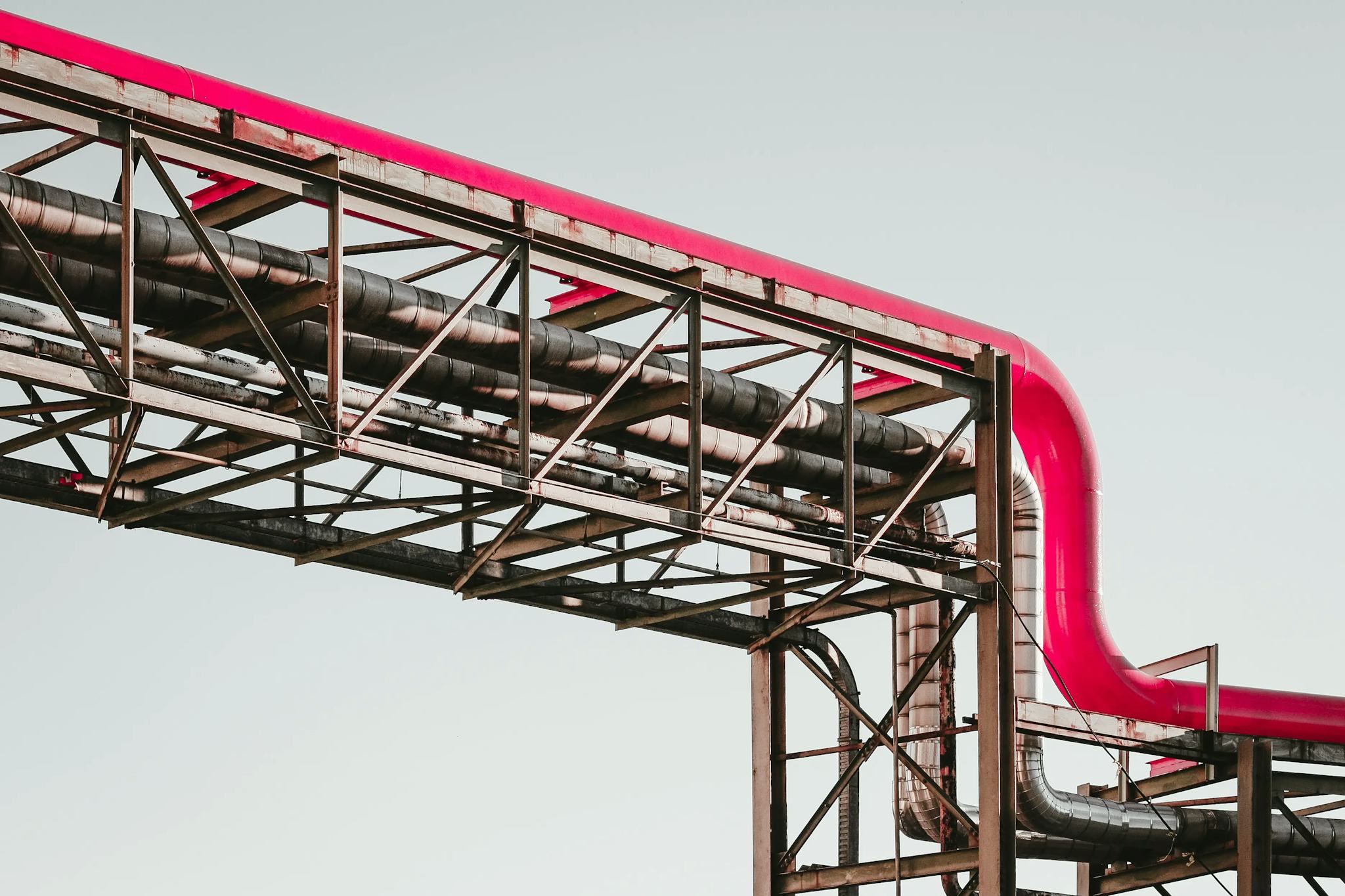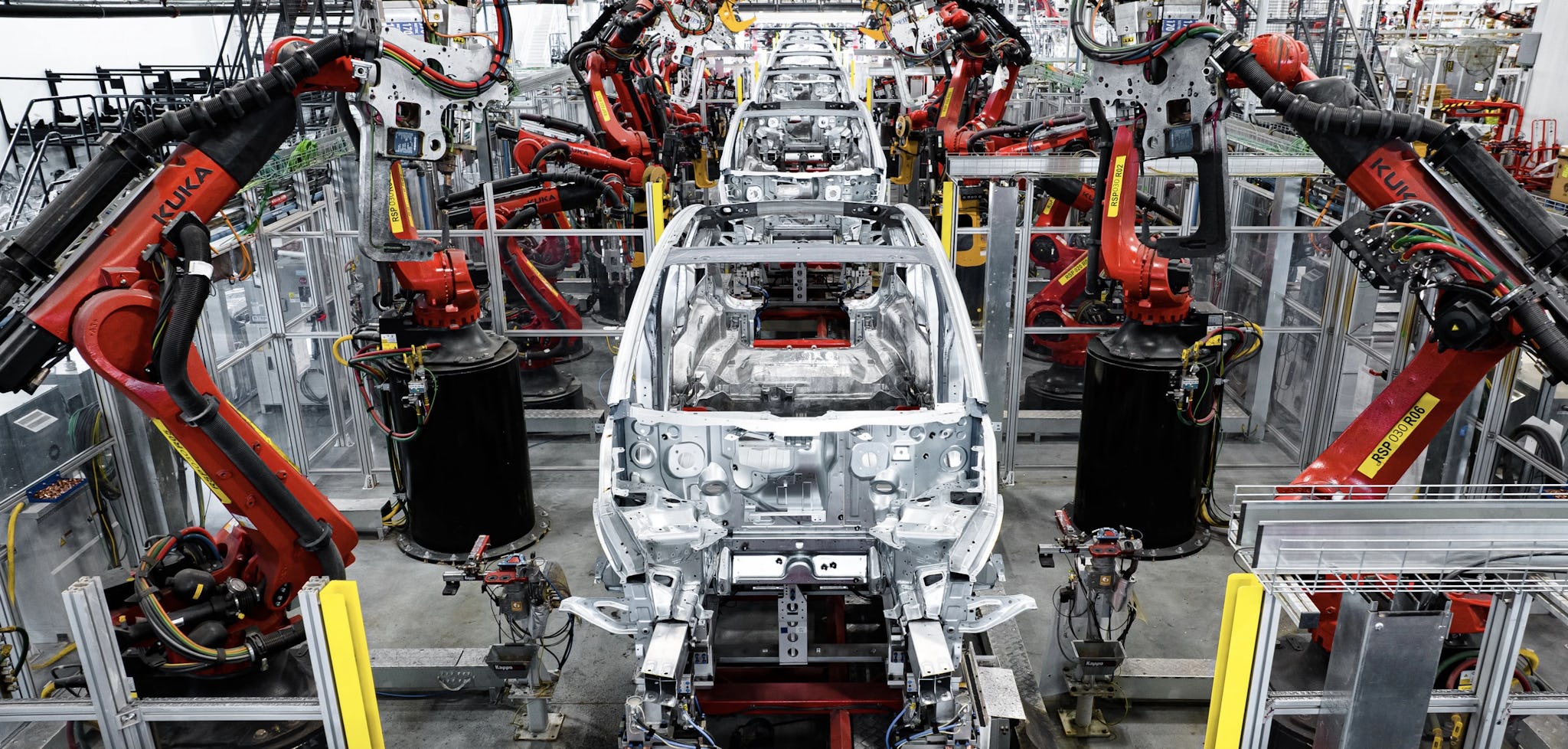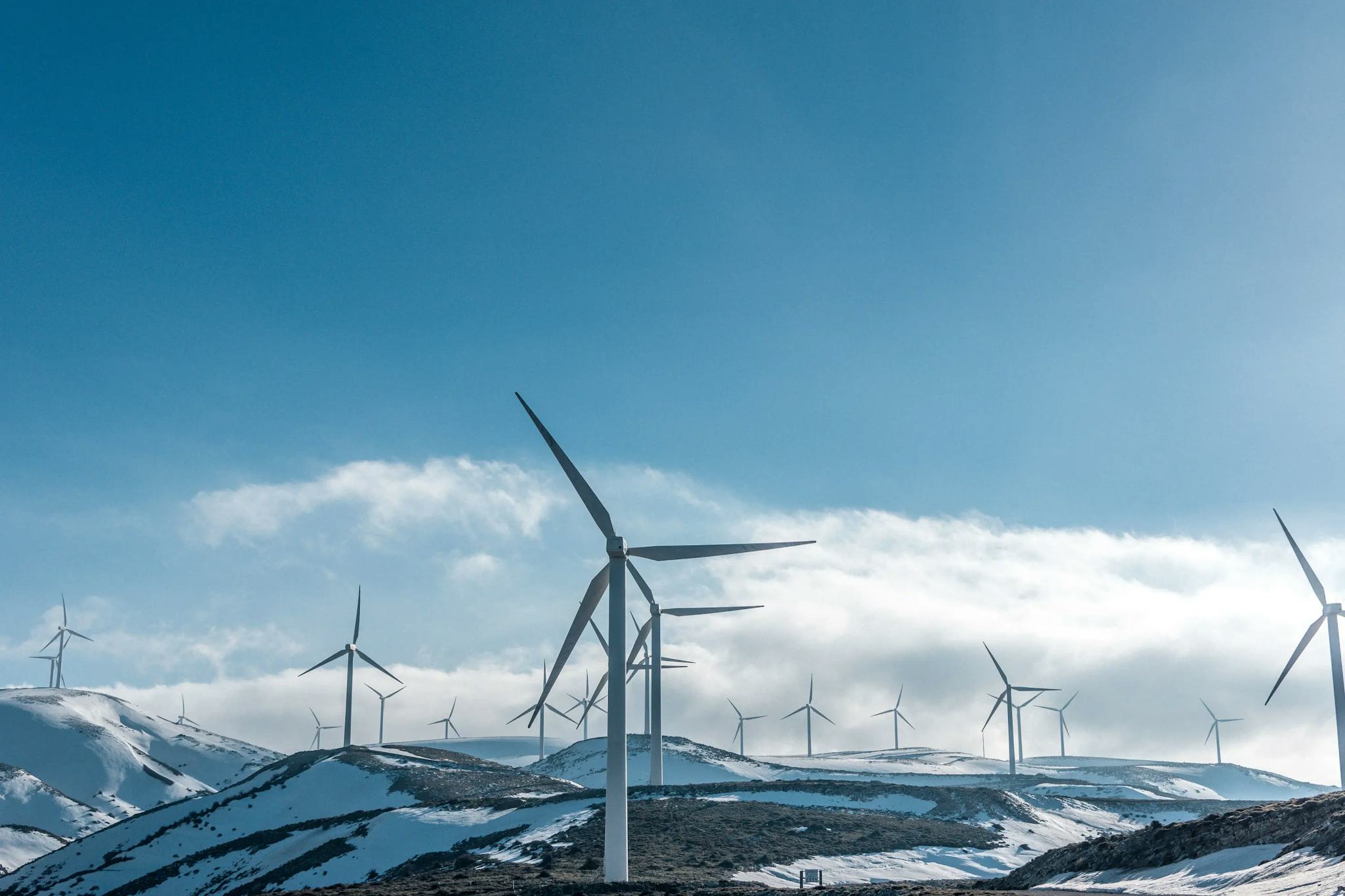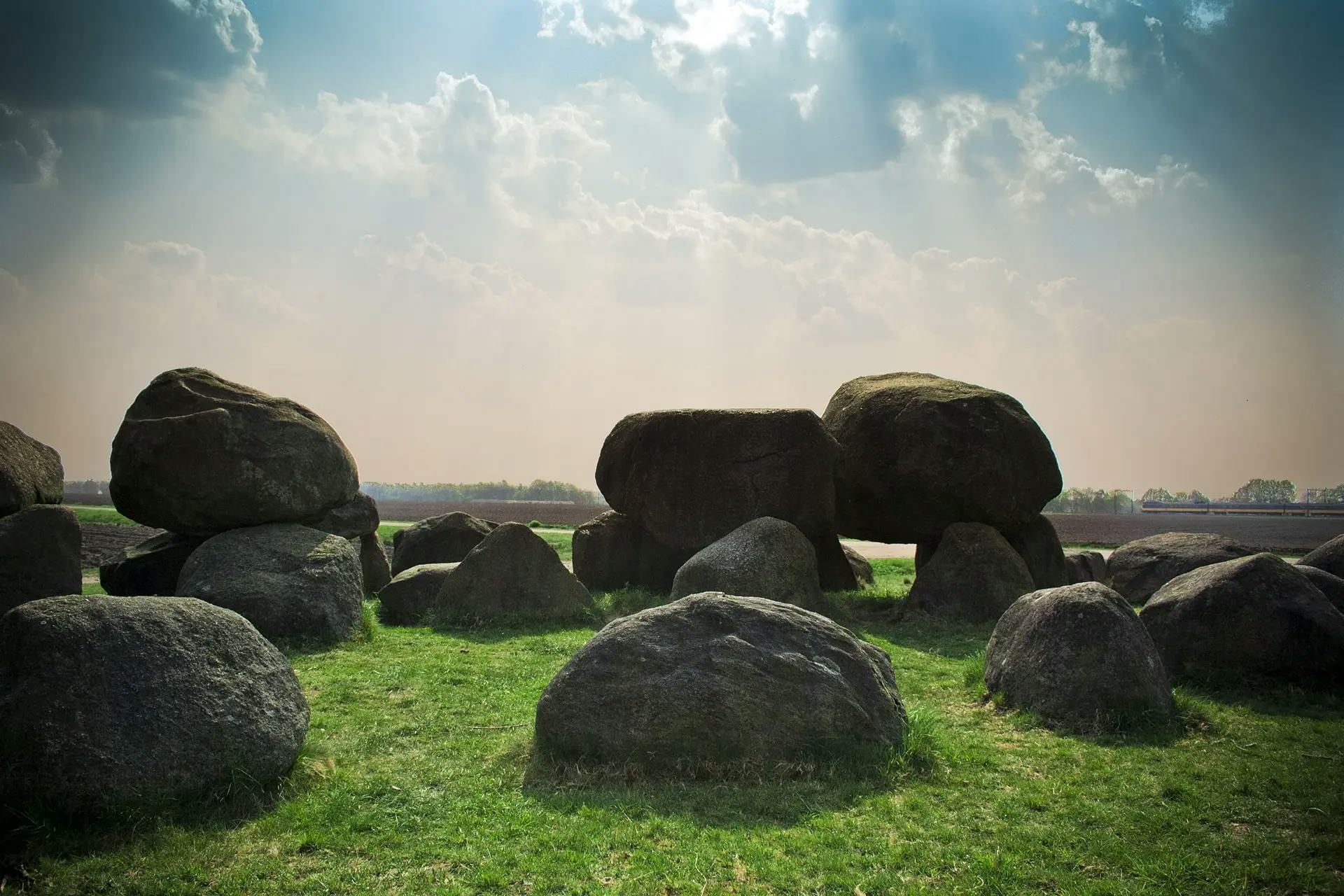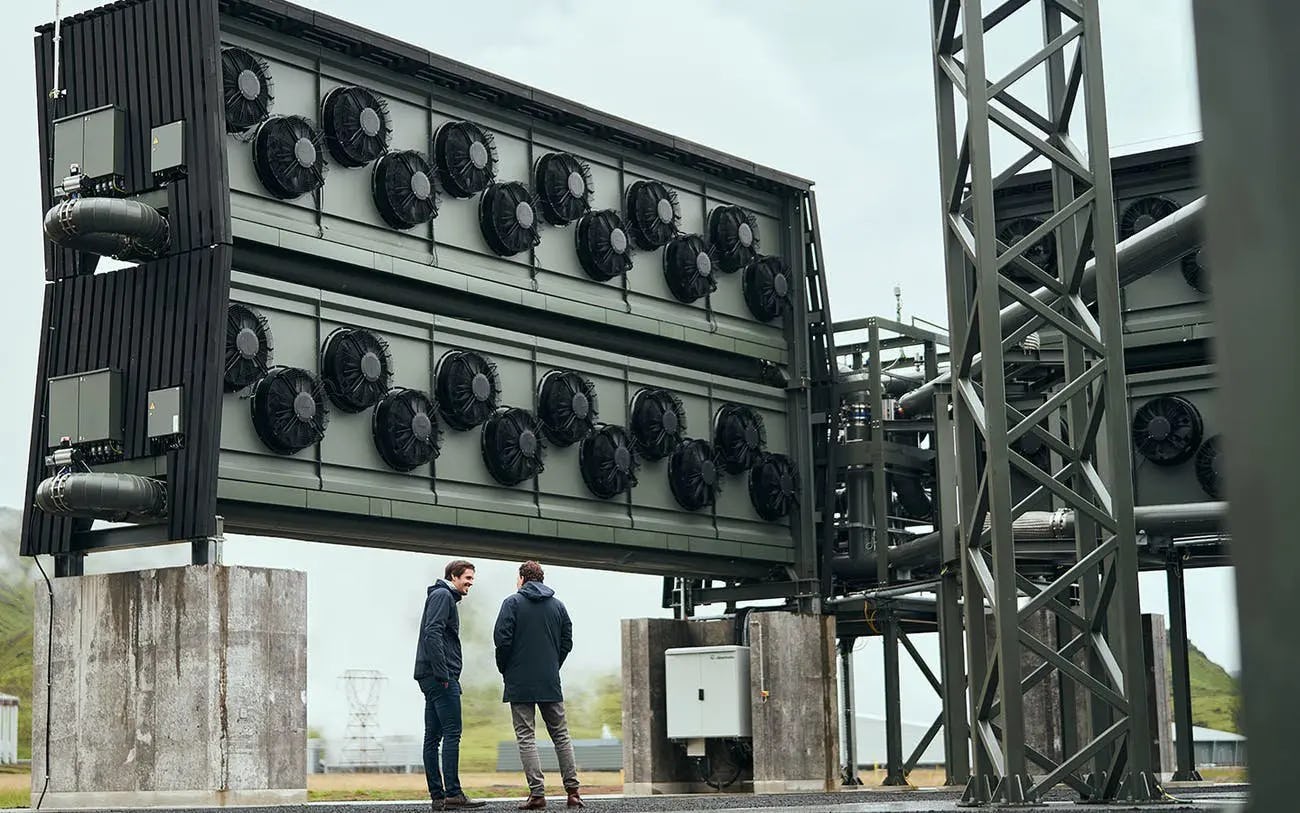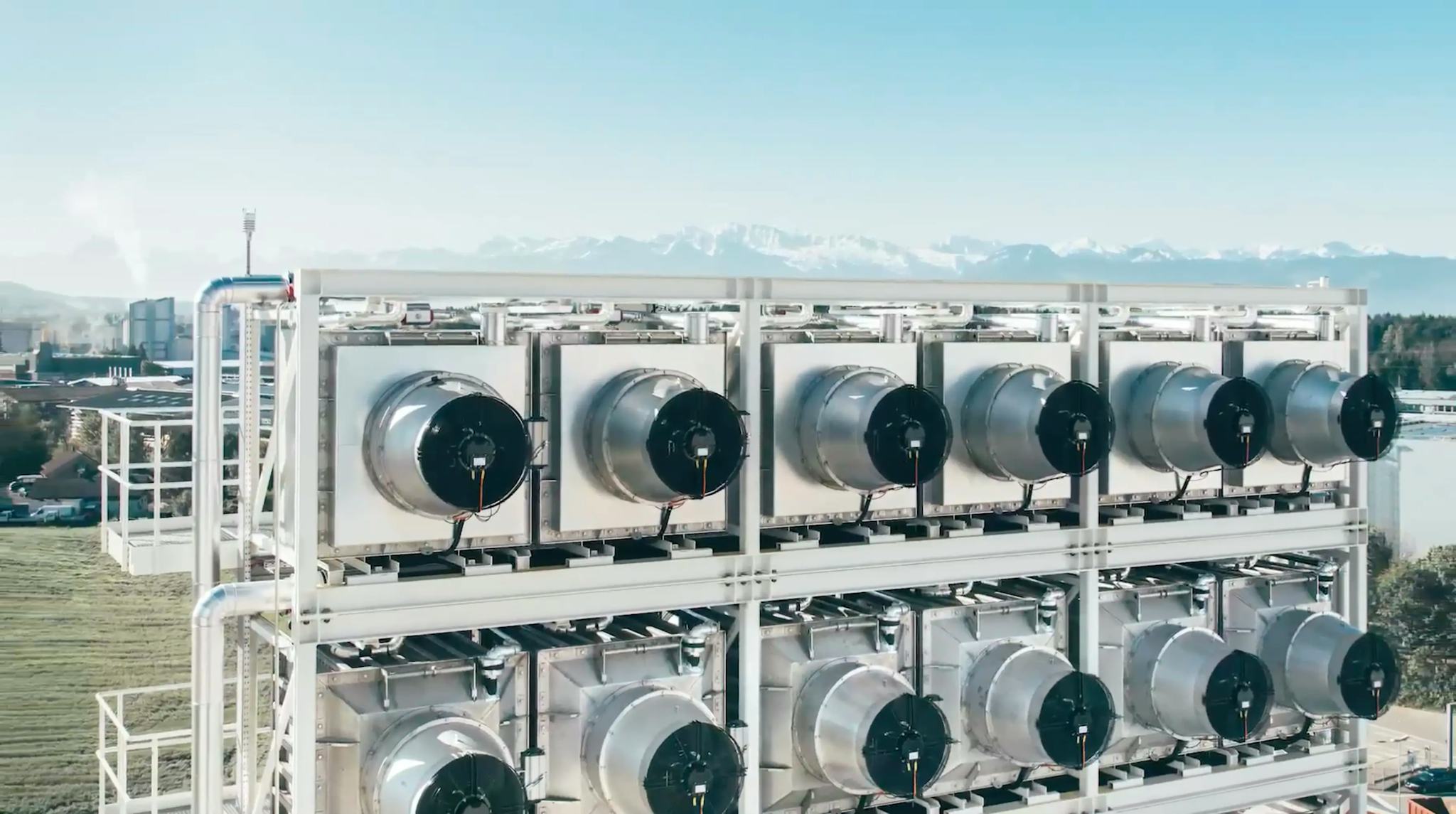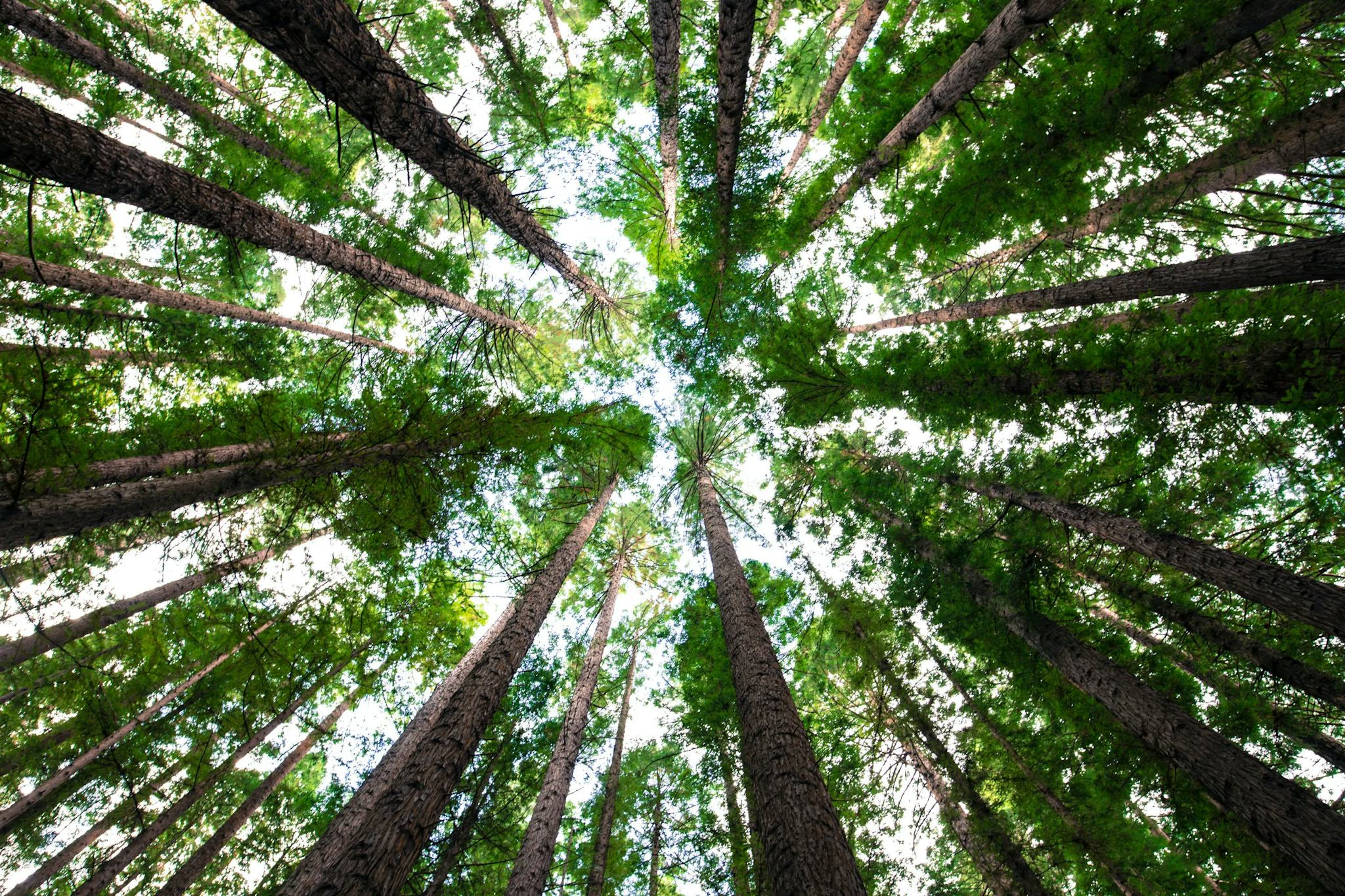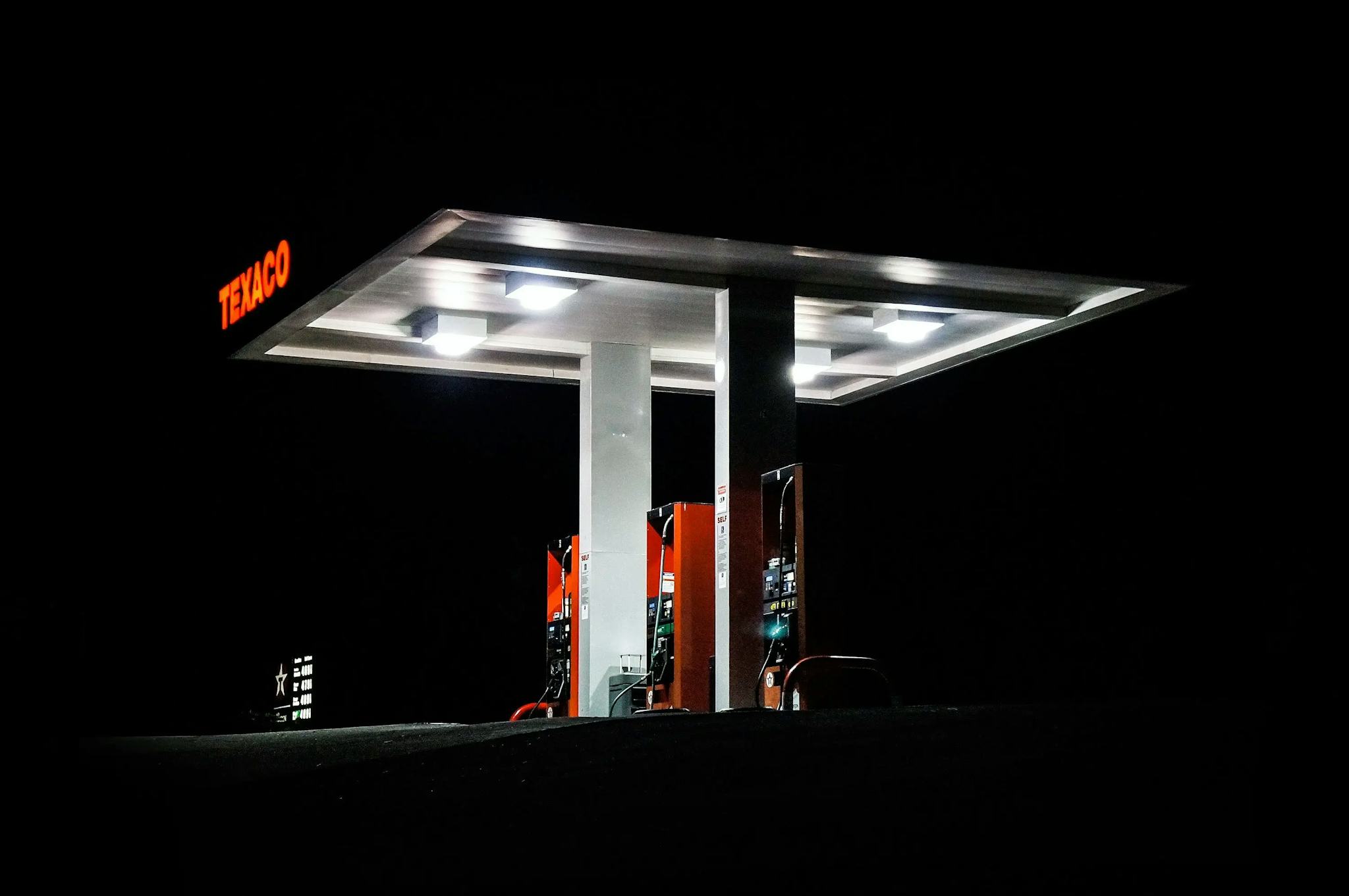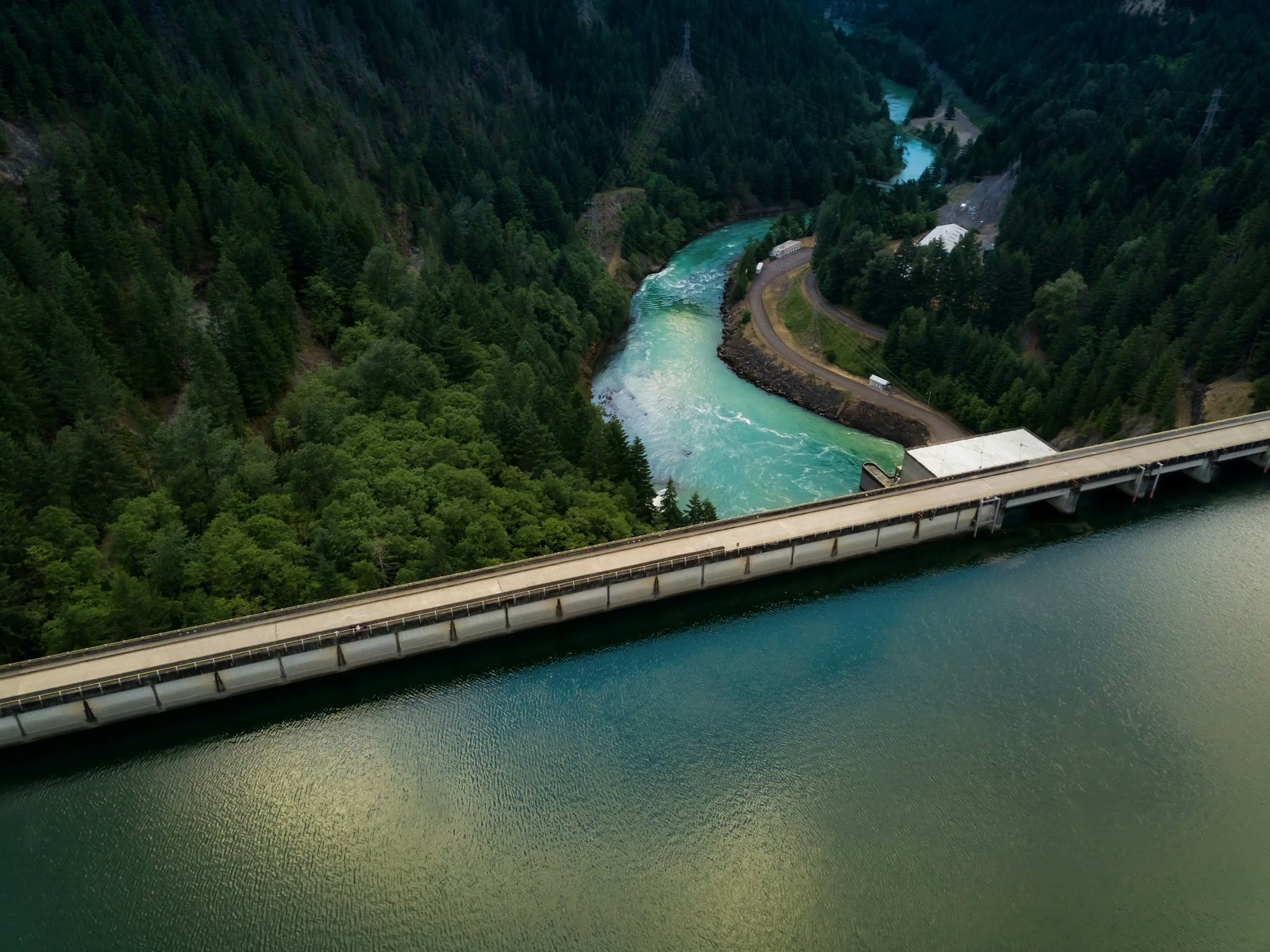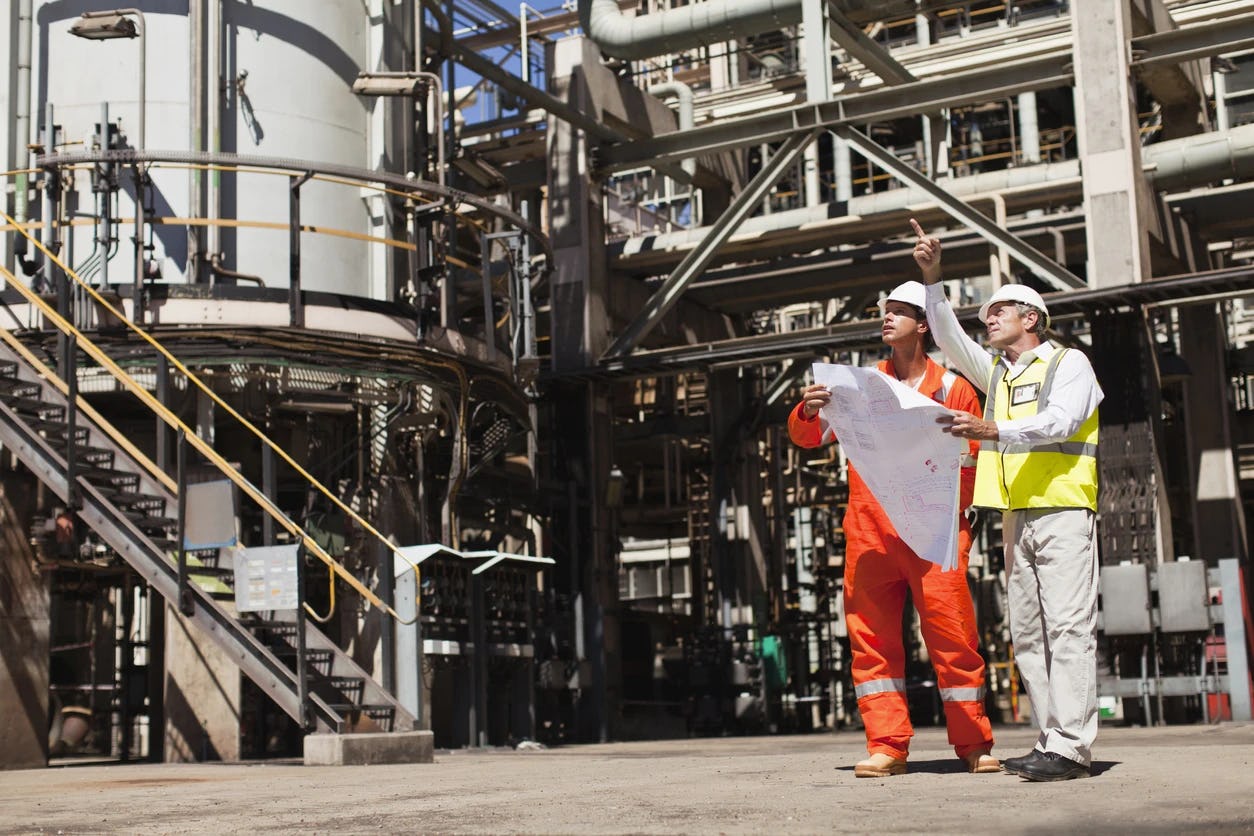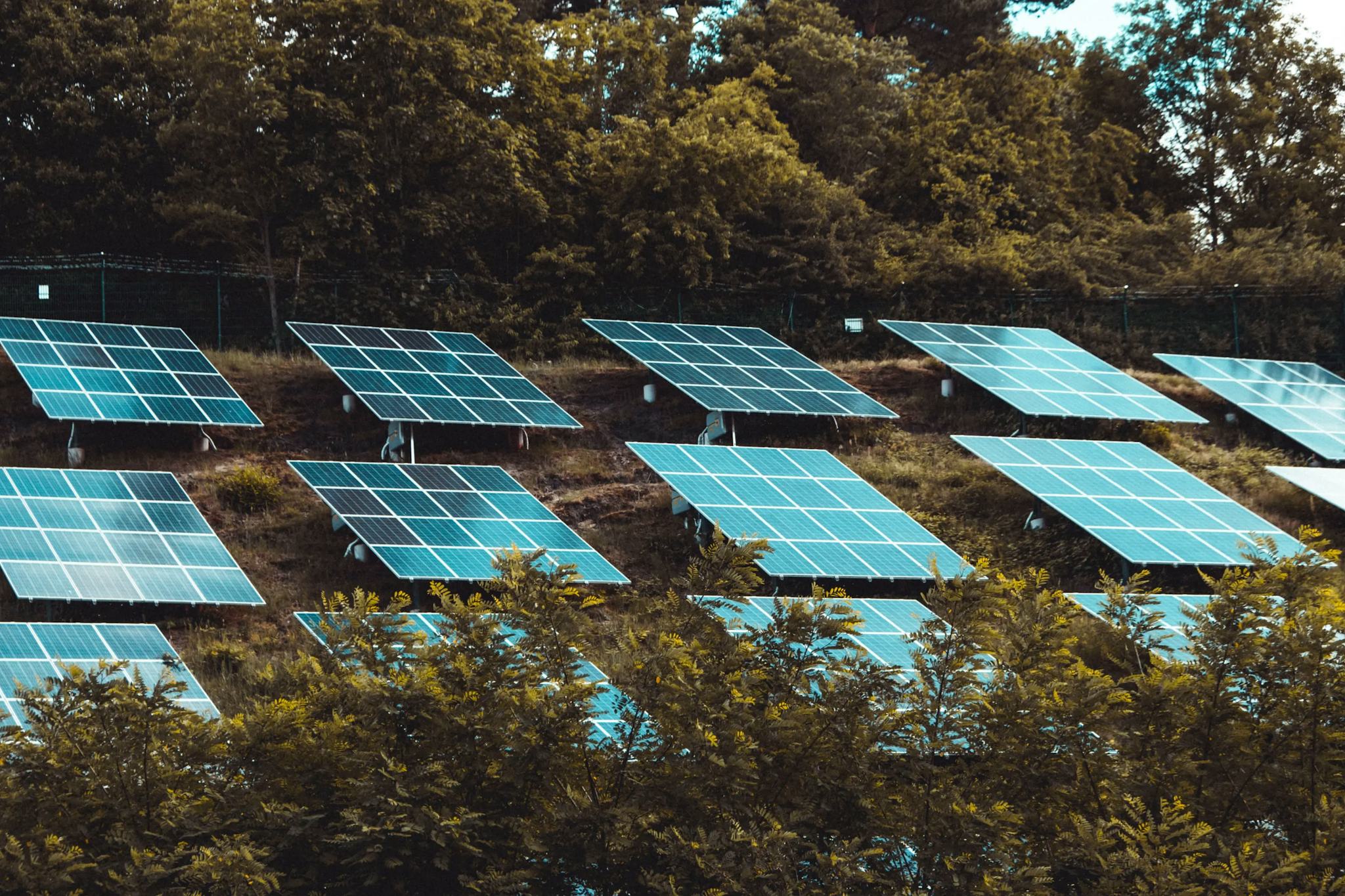We all know the age-old saying, leave the world better than we found it. At Human, we like to think we walk that walk.
Sustainability isn’t just climate change, net zero and circular economy. It’s how technology supports, complements and drives how we live, act and think.
When we say sustainability, we mean sustainability for the world, our physical and mental health, in all aspects of life.
We carry this with us from strategy to pixels, hoping that we can leave the world thriving through our partnerships and design.
GAF Calculators and the Pursuit of Emissions Measurement Standardisation
The importance of being able to accurately measure greenhouse gas emissions (GHGs) cannot be overstated.
A Square peg in a Circular Economy
The circular economy has emerged as a powerful framework for addressing environmental challenges while driving economic growth. As we venture into 2023, it is crucial to explore the current market landscape of circular economy. From innovative startups to global corporations, let's delve into the dynamic landscape of the circular economy market.
The race for Supply Chain Sustainability : A Paradigm Shift
Lately and rightly so, the concept of sustainability has taken centre stage. As businesses strive to reduce their environmental impact, the shift towards sustainable supply chains has become imperative. We’ve explored the key differences between existing supply chains and sustainable supply chains. Let’s get into it
Innovating to Net Zero
The year 2030 marks an important milestone in the global efforts to tackle climate change, as countries across the world have committed to demonstrable reductions in net zero emissions by this year.
Ocean Fertilisation: Stirring up the Seas to Capture Carbon
Ocean Fertilisation is a geoengineering approach aimed at encouraging the growth of phytoplankton, tiny plant-like organisms in the ocean. The idea? More phytoplankton will photosynthesize more CO2, a critical greenhouse gas, thus decreasing its concentration in the atmosphere.
Enhanced Weathering: Rockin' the Carbon Capture World
Enhanced Weathering is a geoengineering approach to carbon capture that involves spreading finely ground rocks over large land areas. These rocks chemically react with CO2 from the atmosphere, effectively locking the carbon away.
A Deeper Dive into Post-Combustion Capture
Post-Combustion Capture, as the name suggests, is all about dealing with carbon emissions after combustion – after the fuel has been burned. This is the main attraction of PCC: it allows us to retroactively deal with carbon emissions from our existing power plants and industrial facilities, without having to overhaul the entire setup.
Direct Air Capture: Pulling Carbon Straight From The Sky
Direct Air Capture (DAC) is a technology that quite literally captures carbon dioxide (CO2) directly from ambient air. While trees have been doing this naturally for millions of years, DAC seeks to accelerate this process with a mechanical twist, creating a proactive solution to our CO2 problem.
Bioenergy Carbon Capture and Storage: Harnessing the Power of Plants
BECCS is a process that leverages the power of biomass (think plants and trees) to capture and store carbon. It combines the production of energy from biofuels with carbon capture and storage technology.
Oxyfuel Combustion Capture: Breathing Green into Industrial Processes
Oxy-fuel combustion capture is another technique employed to capture carbon dioxide (CO2) emissions but with a slightly different twist. The process involves burning fossil fuels in oxygen instead of air. Because air is about 78% nitrogen, this switch eliminates the production of nitrogen oxides, a major pollutant.
Embracing the Challenge: Understanding and Tackling Scope 2 Emissions
Scope 2 emissions are the indirect greenhouse gases generated from the electricity, heating, and cooling you use. These emissions occur at the power plant or facility that produces the energy, not at your office, factory, or home.
Unpacking Pre-Combustion Capture: A Primer on the Before-the-Burn Approach
Unlike its post-combustion counterpart, pre-combustion capture takes a preventative approach. Rather than dealing with CO2 after it’s formed, pre-combustion capture transforms fossil fuels into a mix of hydrogen and carbon dioxide before they're combusted.
Capturing the Future: An Insight into Carbon Capture and Removal
Carbon Capture and Removal is like a vacuum cleaner, sucking up carbon dioxide (CO2), the main culprit behind global warming, right out of our atmosphere.
Navigating ESG: Understanding Scope 2 and Scope 3 Emissions
Sustainability is not just a buzzword; it's a business imperative. As Environmental, Social, and Governance (ESG) reporting becomes more ingrained in the corporate world, understanding the nuances and complexities of emissions scopes is essential. In particular, Scope 2 and Scope 3 emissions often raise questions for organisations. Let's delve into what they are, how they differ, and how companies can prepare for future Scope 3 requirements.
